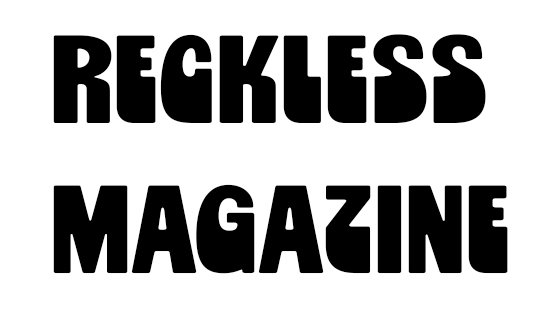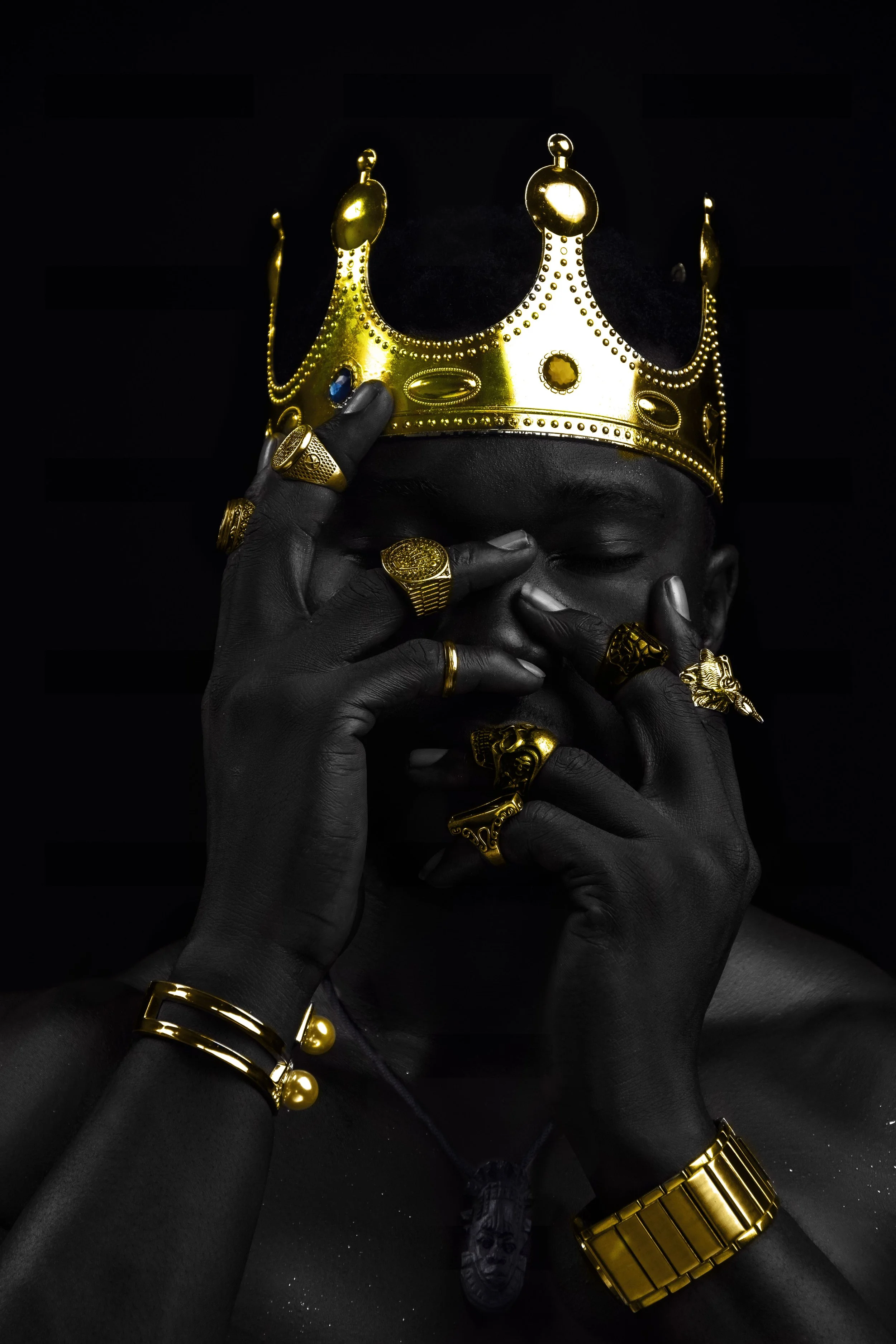Natural Configuration

Victorian Era Polaroids
Photography By Sophie Chalk
Photographer Sophie Chalk shares images from “Natural Configuration”, a photography portrait project that focuses on the Queer community, specifically non-binary and trans individuals. Sophie talks about creating these images through the wet plate collodion process, giving subjects a safe space to explore their identities, and being addicted to the intuitive flow of darkroom alchemy.
Manhattan, USA
How did you begin your journey as a photographer?
I think it’s something I’ve always had an aptitude for. As a kid I would commandeer cameras and just start making my own footage or stills. Family friends and teachers nudged my parents to buy me my first camera when I was in high school. But it wasn’t really until I was exposed to darkroom processes and printmaking that I fell in love with process photography.
What have you learned along the way?
Peronal headliners would be; patience and learning to trust myself and my abilities.
In terms of my practice, I think it’s that: photographers have the ability to create imagined realities and narratives within their imagery. Consequently, what we see in historical archives may not be representative of the truth of a situation but a manifestation of a singular photographer’s perception and ideologies.
How would you define your style? Can you describe your process in creating these types of images?
I always find this question sort of difficult... What started off as an interest in traditional studio lighting techniques and darkroom methodology snowballed into a conceptual foundation for much of the work I do. Visually, my inspirations come from the qualities of light in the Australian landscape. Traditional Baroque fine art as well as German Expressionism (particularly cinema). And of course, historical fashion photography from the likes of Madame d’Ora and Edward Steichen.
I guess I’d describe it as a blending of many of the visual archetypes we know from visual culture and history in Western media combined with distinctly contemporary themes and sensibilities.
Wet plate collodion images are sort of like Victorian era polaroids. They have to be created and developed from start to finish within a few minutes. So I run my sessions sort of a like a hybrid between film and photography studios. I’ll craft the space, the set, props, HMUA. When the subject is in the space we’ll start blocking out poses and lighting design. Finessing and managing details down to a micro-level before even making a test exposure. Everything is achieved in-camera with no post-production edits, so I’ve certainly had to develop a few tricks over the years to achieve some of my results.
How did you come across this approach to photography? Why do you choose to express yourself in this way?
Towards the end of my undergraduate degree in film, my dear friend and housemate at the time (shoutout to Marion) suggested I try some older alternative processes in private workshops as I had found myself in the darkroom more than the production studios. Once I encountered the collodion process physically it was sort of like I developed tunnel vision. I was suddenly a photographer possessed, addicted to the intuitive flow of darkroom alchemy (salt, silver, iron, rinse & repeat).
I’m not sure what it is exactly about the collodion process when combined with a studio setting. There’s something in the methodology and workflow I’ve developed that allows for a sense of play and honesty to bubble to the surface. Eight years later I still find every session to hold a little novelty and magic.
Tell the story behind one of your images.
The Sun and Moon portrait is probably one of my favourite images to talk about lately. CB and Lisa reached out to me for a commission with the idea of a sun and moon bound in an eternal bond with chains. Although it was last-minute booking, I decided instead of just painting a set I wanted to go all out and make masks inspired by German Expressionist cinema - as well as contemporary whimsy goth and tarot visuals. I spent about five days building the masks with materials like paper clay, hot glue, foam core and mylar. The session ended up taking place on trans day of visibility which felt incredibly fitting for us all.
I think it’s perfectly representative of my process and the ways I work with people who come into my studio. It’s all about playing, exploring, and having space to discover who we are and our relationships with others though an (almost) instant visual medium. To feel witnessed even in the wildest of costumes or extreme set ups.
I love this portrait especially because despite all the layers of costuming and makeup, you can feel the chemistry.
Your subject matter focuses on LGBTQIA2S+ people, especially trans and non-binary individuals, and can be best seen in your ongoing project “Natural Configuration”. What is Natural Configuration about? Why is this important to you?
Photography allows us to create and live within imagined realities. Intuitions and archives are filled to the brim with imagery that is considered historically accurate and ethnographic material. Despite usually being rendered from, and reflective of, a singular, hegemonic gaze. When I first started making these portraits with my friends and extended queer community, I inadvertently created a ‘world’ in these falsified images that felt like the past. A place where it was safe to explore our identities. I fell in love with facilitating those moments for people. A magical moment where folks can see themselves, revealed in a fix bath, coming through the darkness like a star in the milky way.
The project has evolved over the years and has always been a response to queer visibility and politics. We’re living through one of the most extraordinarily violent eras for trans and gender non-confirming people to be visible. I try to offer my practice as a space for reprieve from the harder parts of being perceived. Shifting it into something honorific and enjoyable.
As someone who is part of the LGBTQIA2S+ community, what is your perspective of the fine art world? What have you experienced and what are some things you've observed?
Like with any identity-based marginalization, I think there’s a certain kind of performance you have to do in order to be permitted into these spaces. What that looks like is different for every individual. But there’s a self-awareness and editing of ‘self’ that takes place for most of us. Toning displays of identity up or down in order to fit the mould of what the art world finds trendy and consumable from any given subculture, at any given time.
I think we’re a long way from there being true, democratized access to the fine art world. If such a world could ever exist given art has always historically been tied to wealth and power. Which is why you see the new generation of contemporary artists taking to online, social media based, ‘third spaces’.
If you could tell 10 year old Sophie anything, what would you tell them?
Everyone lives with a personalized narrative inside their head and a different understanding of the world around them. You’ll be surprised how often those private worlds do not intersect and you’ll have to use your voice.
When you use your voice, people will show you who they are. You just have to watch, wait and witness. Trust your own perception above all.
What's next for you?
Expanding the possibilities of what’s possible with the process and finding ways to create sets that remove the context of the studio entirely. I want my images to be as compelling and rich as a film and see my works shifting into the arts and entertainment industries. Shifting the expectations in the industry of what is possible with photographic processes that have such restrictive variables.





